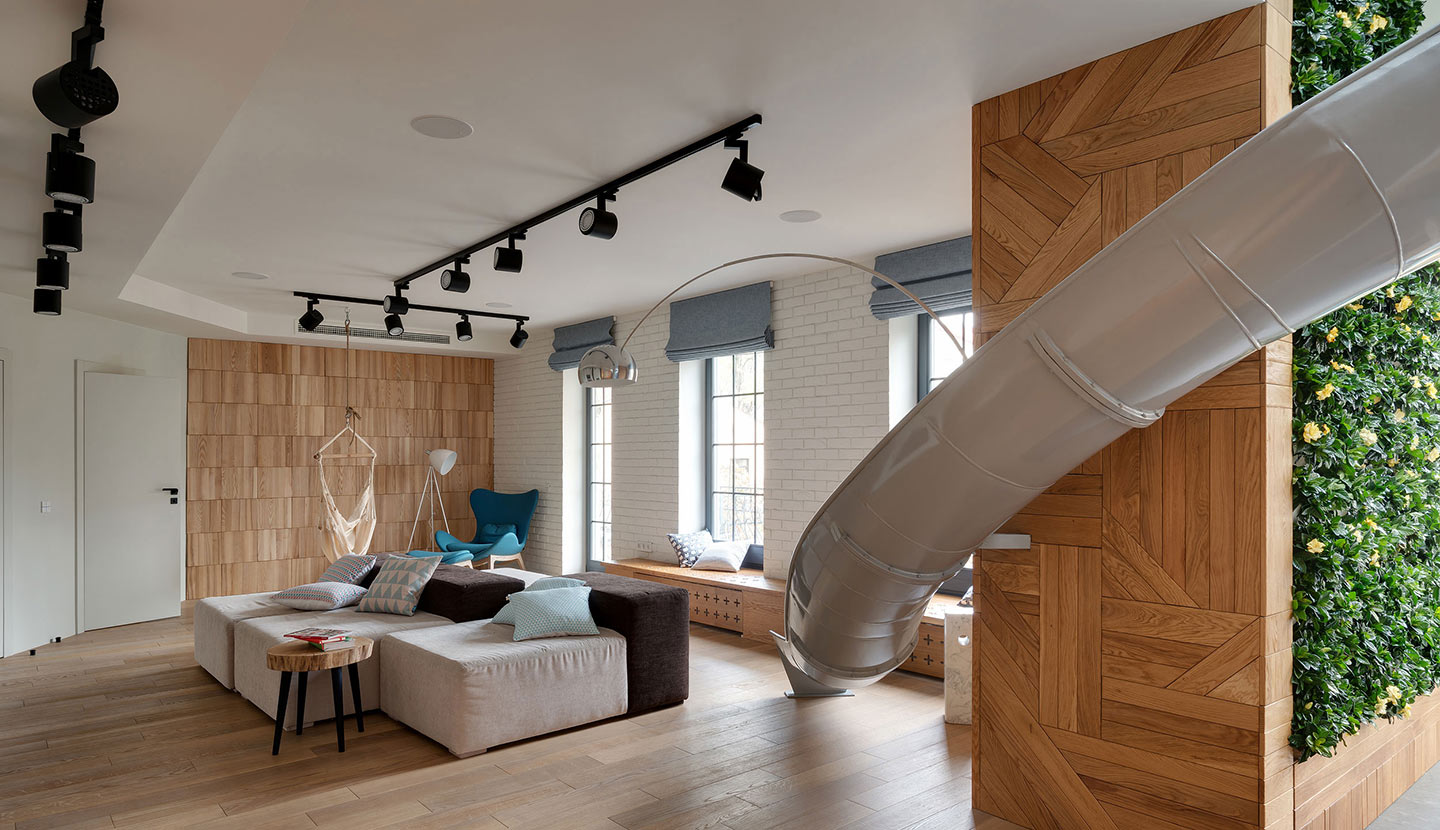

These include:Ī doctor will only recommend a surgical procedure if the ptosis is affecting a person physically, such as by reducing their vision. Though unlikely, there are some risks associated with ptosis surgery. Most surgeries for ptosis are outpatient procedures, meaning that the person can go home on the same day of the operation. Doctors may recommend these options for people with droopy eyelids that are not related to levator muscle function.

Levator aponeurosis advancement and Fasanella-Servat Mullerectomy are two other surgical options.
#Droppy eye skin#
If the ptosis is mechanical, such as from added weight on the eyelid, the surgeon may also remove the extra mass and any additional skin on the eyelid. This involves shortening the levator muscle. Levator resectionĪnother procedure for poor levator function is levator resection. The frontalis sling procedure is a popular option for myogenic ptosis, which the section below will look at in more detail. This operation involves the frontalis muscle, using the forehead muscle to control the upper eyelid. If the problem is with the function of the levator muscle, a common surgical option is a frontalis sling procedure. There are several types of surgery a person may undergo for ptosis, depending on the cause. Another symptom is the creases on the upper eyelids not appearing symmetrical between the right and left eye.

The main symptom of having droopy eyelids is the upper eyelid drooping lower than usual. It may also develop due to an issue with the eyelid nerves. The eyelids may droop if the muscle in the eyelid separates or stretches away. It can sometimes begin during childhood, but it often develops with age. When the eyelid droops farther, the problem may become functional, possibly restricting the person’s ability to see.Ī person may develop ptosis for several reasons. This may mean that the person is unhappy about the appearance of their eyelid but that the ptosis does not affect the way their eye functions. If a person has a slight droop to their eyelids, the issue is often cosmetic. In other cases, however, the eyelid may droop enough to cover the pupil and restrict a person’s sight. Sometimes, the droop is only slight and does not cause any problems.


 0 kommentar(er)
0 kommentar(er)
